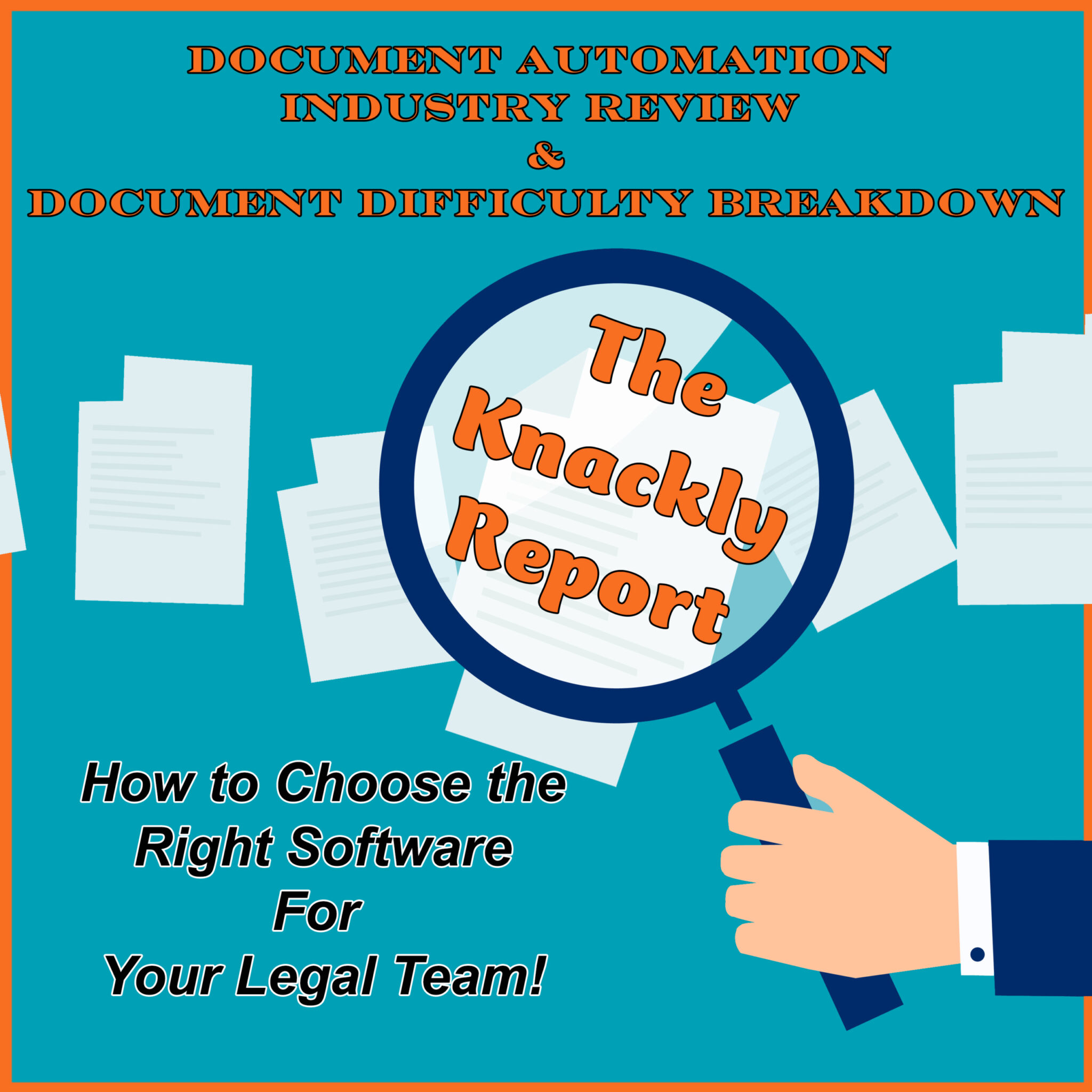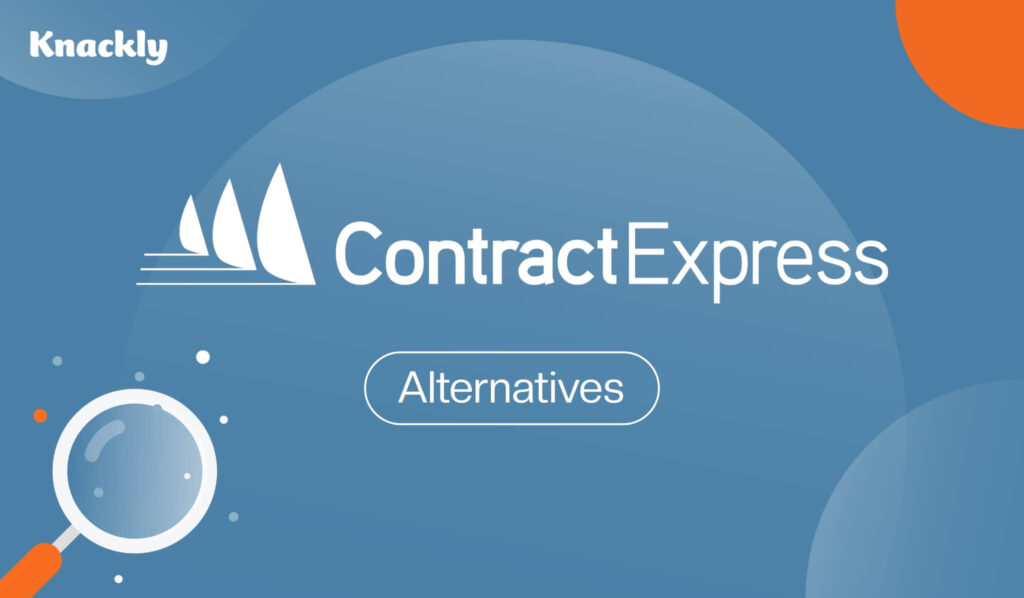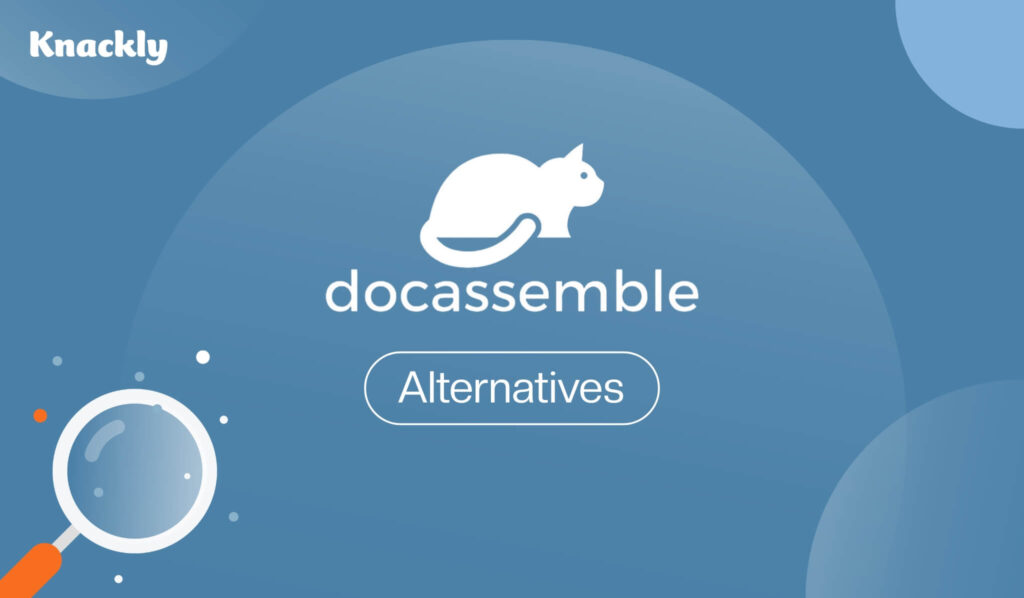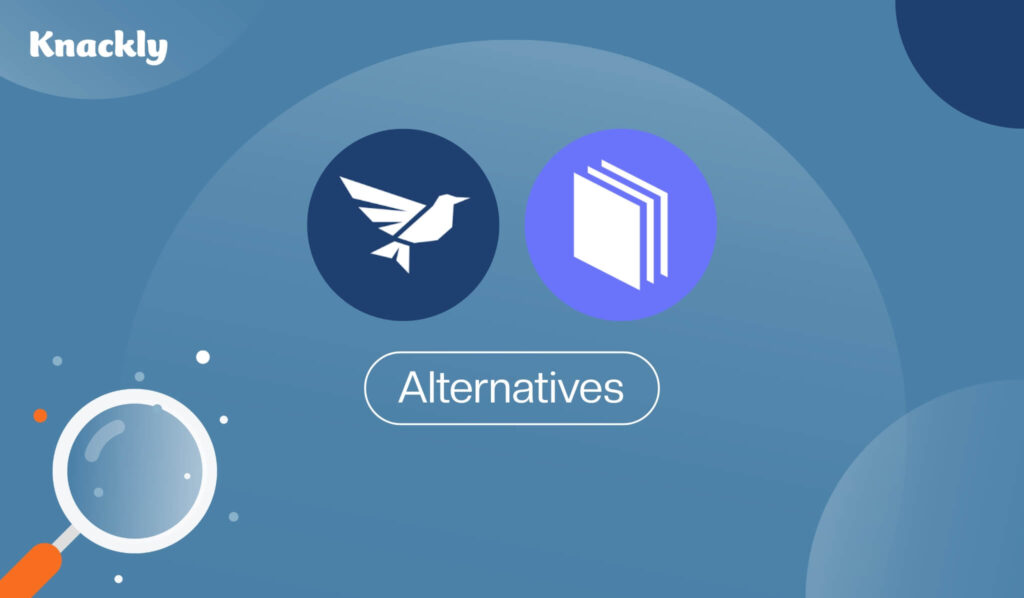
3 Tiers of Legal Document Automation Software – Which Software is the Best for You
3 Tiers of Document Automation Software – Which Tier is the Best for You
Which document automation software makes the most sense for you?
We believe that most of the currently available document automation software products can be broken down into three tiers that represent a combination of each product’s available features and ease of use.
Features are important because you need to know whether any given product can meet your needs. Vendors will usually have a list touting what their product is capable of, but those lists can be difficult to compare across all of the available document automation products (i.e., a feature important to you may not be listed even if the product has it, or two products may describe similar features in different or conflicting ways).
Ease of Use is important because you and your staff need to be able to create your automation system and produce documents with minimal hassle.
Tier Analysis
Below is a chart of our analysis of where most current document automation software falls on a graph charting ease of use and available features:
Tier One Document Automation Software Solutions
Most Tier One solutions (LawYaw, Woodpecker, and CRM mail merge) are, basically, integrated mail-merge products with a few conditional (if/then) capabilities.
Examples of what you can do with a Tier One solution:
- Simple Letters with names and addresses filled in for you
- Simple Contracts with a little conditional logic – i.e., whether you have one signer or two.
Limitations of Tier One:
Tier One products are great for what they do; if all you need is an automation solution to produce simple documents that only need a few pieces of information generated and have a few optional variations, Tier One products may be what you want to look at. However, if you need pieces of information to work together or need to produce documents that have several differences depending on your client’s situation, you may need a more sophisticated solution.
Tier Two Document Automation Software Solutions
Tier Two products (such as Documate and Doxserá) generally can do what Tier One products can do, and add more conditional logic, single lists, external intakes, and maybe an interview for inputting information.
Examples of what you can do with a Tier Two solution:
- Simple Wills with provisions that change depending on the Testator’s needs
- Simple Divorce Pleadings that fill in lists of children or assets
Limitations of Tier Two:
While Tier Two solutions have more features and capability, the cost of those features tends to be an increased learning curve. Additionally, while the features are an improvement on Tier One products, those features tend to be fairly simplistic and limited in what they can accomplish. Some of the ways Tier Two features can be limited are:
- Unable to determine the number of items in a list; i.e., cannot automatically determine that your client has three children if you enter three children into the ‘Children’ list.
- Can’t handle complex signature blocks. Layering entities and individuals in a signature block is generally either difficult or impossible in a Tier Two product.
- Unable to reuse information in different circumstances. If Child A is named as both the Executor of your client’s will and the Trustee of their trust, you would need to fill in Child A’s name and personal information in both roles.
If you are looking for a document automation system that only needs to handle relatively simple logic and information (but more than is available in Tier One), a Tier Two solution may be the best fit for you.
Tier Three Document Automation Software Solutions:
Tier Three solutions are robust and fully-featured products, capable of building (almost) everything you might need in your documents. HotDocs is the industry’s largest automation platform, though Tier Three also includes Expressdox and Contract Express.
Examples of what you can do with a Tier Three solution:
- Complex Wills with specific bequests and testamentary trusts
- Contracts with complex signature blocks
- Template inserts
Limitations of Tier Three:
Tier Three products allow you to produce intricate and complex documents, but they have a similar trade-off as the Tier Two solutions: with increased complexity comes a steeper learning curve. Even for advanced users, correctly automating documents in a Tier Three product also tends to take considerably more time than in either a Tier One or Tier Two solution.
However, the features available in Tier Three are often almost limitless, so long as you can learn how to automate with them and your staff can learn to navigate the system. There is a complete sub-industry of consultants and programmers supporting Tier Three platforms, creating and maintaining templates for legal teams who need additional extra help. If you are looking for the ability to produce complicated and time-intensive documents, Tier Three products may be the solution for you.
Going Beyond Tiers
When we designed Knackly, we specifically thought about the conflict between features and ease of use that we had seen in so many existing automation systems.
We used modern programming principles and our years of experience in automating documents to develop Knackly in a way that covers all of the tiered situations above. Whether you have Tier One needs, Tier Two, or Tier Three needs, we deliberately designed Knackly to be able to handle your automation requirements – all while keeping the Knackly learning curve short and our system easy for you to use.
Knackly can do everything the tiered products can do, along with many capabilities that even most Tier Three products don’t offer, including:
- Reuse of information – faster and more easily than in Tier Three solutions
- Sort, filter, and group lists according to different needs
- Use lists inside of each other, without the HotDocs requirement that List 2 be a child list included on List 1
- Automatically create a Question and Answer interview based on the variables and conditions in the documents
- Have the ability to query multiple records to create a report. This helps find out what types of cases were done in the past year.
- Open API that allows you to integrate with various software systems.
List of Common Features that are available in various Document automation Platforms that you need to consider. All are included in Knackly.
- Question and Answer Interview (Q&A)
- External Client Q&A
- Produce multiple documents from the same Q&A
- Help text and videos in the Q&A
- Connections to CRMs
- Zapier Connection
- Word Add-in
- Queries
- PC and MAC Compatible for Q&A and Word Automation
- Math Functions
- Template Inserts
Kim is the CEO and Co-Founder of Knackly, a powerful tool that makes it easier than ever to automate critical processes in your business.
Grow your practice through efficiency and accuracy
Spend the time you save proactively helping your clients and winning new business.
Want helpful occasional tips on document automation?
"*" indicates required fields





